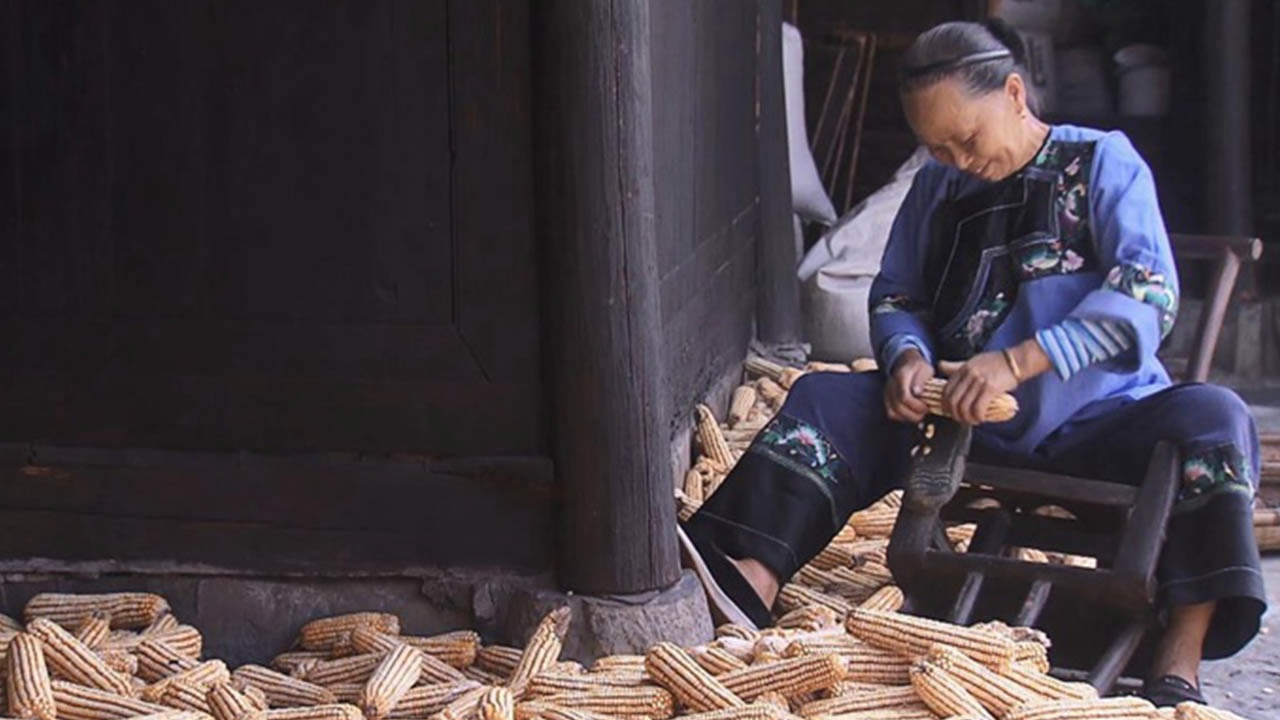
Opinions
17:15, 12-Sep-2017
China Footprint: Can China alleviate poverty by 2020?
CGTN

During the past 30 years, China has lifted around 700 million people out of poverty. But as of 2016, with an estimated 43 million people living in poverty, China's goal of improving the lives of all its citizens by 2020 faces a number of challenges.

The targeted poverty alleviation program began in 2013 after President Xi Jinping's visit to a village in central Hunan Province.
The central government is currently working to achieve the goal of total poverty alleviation by 2020, and local authorities are expected to do their part, too.

Gao also said that people in isolated areas need to work together with the central government to introduce a comprehensive plan, ensuring they are lifted out of poverty on a sustainable basis.
To achieve the 2020 target, investment in infrastructure is essential, said Laurence Brahm, founding director of Himalayan Consensus.
"This is where you have the power of five-year plans and the power of long-term vision, because if you don’t have investment in infrastructure, communication, you won’t be able to address [the] needs of people," Brahm said.

Shibadong villager Shi Bashan still remembers when President Xi Jinping stopped by her home and shook hands with her. Many changes have occurred in the past few years, her house and the village have become popular tourist spots. Tourism now plays a significant part in local economy after authorities exploring the ethnic and ecological potentials of the village. /CGTN photo by Yuan Yuan
Shibadong villager Shi Bashan still remembers when President Xi Jinping stopped by her home and shook hands with her. Many changes have occurred in the past few years, her house and the village have become popular tourist spots. Tourism now plays a significant part in local economy after authorities exploring the ethnic and ecological potentials of the village. /CGTN photo by Yuan Yuan
Brahm explained that China still has a number of very isolated regions that remain effectively cut off from the outside world. These are targeted areas where the government has to focus initiatives to build lines of communication.
Achieving all of this by the 2020 deadline will require consistent data as well, added Gao.

Xiangxi autonomous prefecture in Hunan province, rich in its natural beauty. /CGTN photo by Peter Stolz
Xiangxi autonomous prefecture in Hunan province, rich in its natural beauty. /CGTN photo by Peter Stolz
“We need to achieve consistency of the policy as well as the implementation. We cannot tolerate any inconsistency or any kind of falsification of data…And this requires a lot of effort,” said Gao.
Given China’s vast resources and the strong mobilization capabilities of the ruling Communist Party of China, Gao believes the goal will be accomplished. However, the execution must be comprehensive, leaving no one behind.

SITEMAP
Copyright © 2018 CGTN. Beijing ICP prepared NO.16065310-3
Copyright © 2018 CGTN. Beijing ICP prepared NO.16065310-3